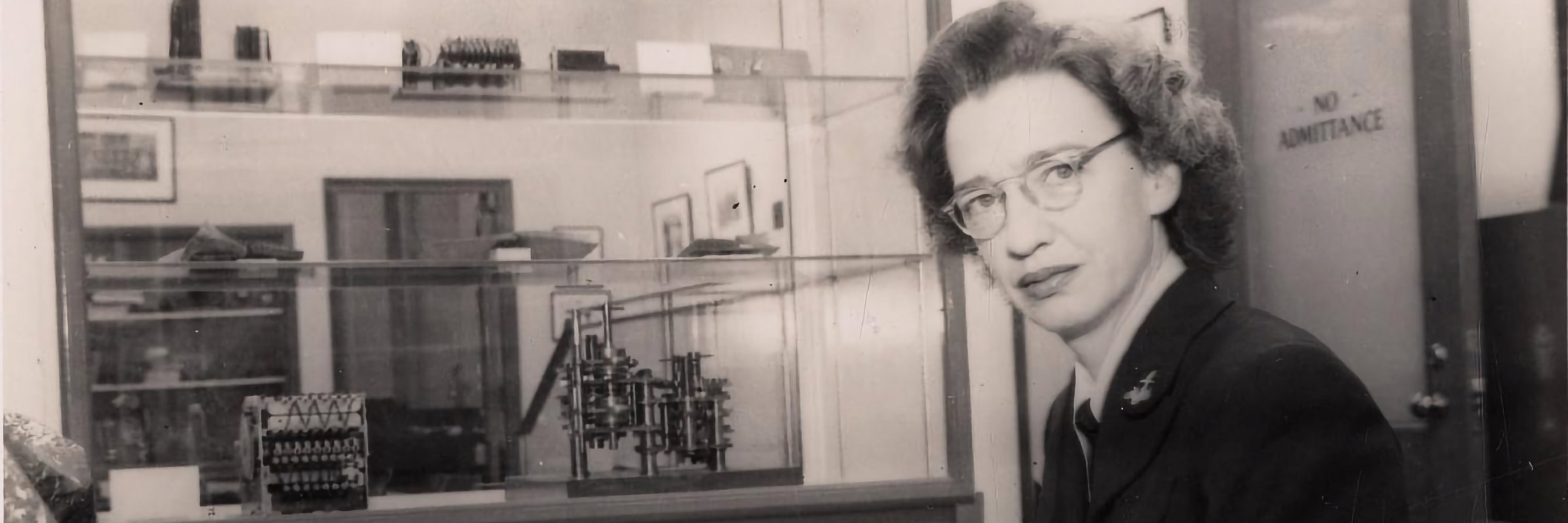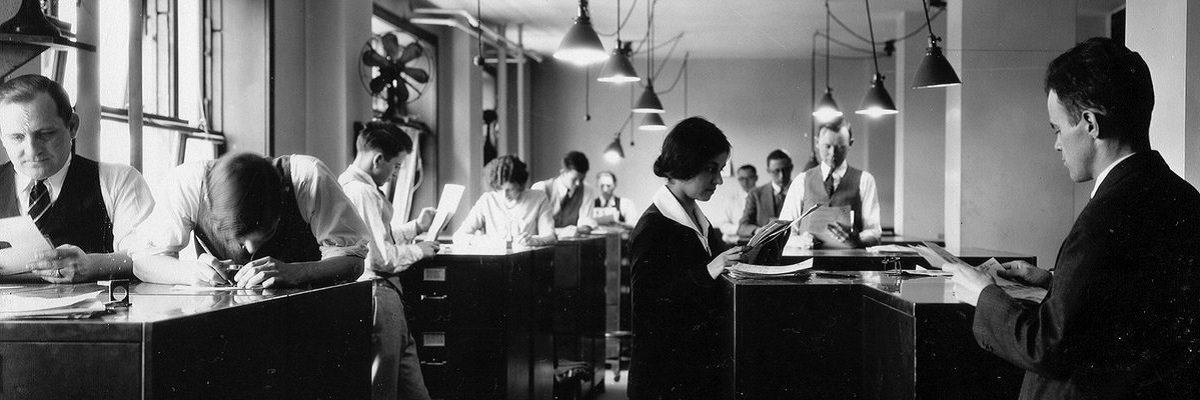In a vault at the National Security Agency lies a historical treasure: two AMPEX 1-inch open reel tapes containing a landmark lecture by Admiral Grace Hopper, a giant in the field of computer science. Titled “Future Possibilities: Data, Hardware, Software, and People,” this lecture, recorded on August 19, 1982, at the NSA’s Fort Meade headquarters, and stored in the video archives of the National Cryptographic School, offers a rare glimpse into the mind of a pioneer who shaped the very fabric of technology. Yet this invaluable artifact remains inaccessible, trapped in an obsolete format that the NSA will not release, stating that the agency is unable to play it back.
It is not an insoluble problem.
Admiral Hopper, a mathematician and United States Navy rear admiral, was instrumental in developing early computing technologies. Her work on the Harvard Mark I computer; the invention of the first compiler; and her contributions to the creation of COBOL, a foundational high-level programming language, laid the groundwork for modern software development and programming practices. The insights contained within her 1982 lecture, split into two parts—TVC 930A and TVC 930B, with durations of 48 minutes and 15 seconds, and 40 minutes and 39 seconds, respectively—are not just historical footnotes but are likely to offer valuable perspectives on the evolution of technology and its societal impact.
On October 21, 2021, I filed a request for a copy of these historic videos. On May 7, 2024, the NSA provided a “no responsive documents” response. When I pointed out that this video was listed in the agency’s own “Television Center Catalog”, the agency provided a slightly more candid explanation:
When the search was conducted, our office reached out to the organization that would have the tape you requested if it still exists. We were informed that although there are some older video tapes that are potentially responsive, they are on a format that NSA no longer has the ability to view or digitize. Without being able to view the tapes, NSA has no way to verify their responsiveness. NSA is not required to find or obtain new technology (outdated or current) in order to process a request. We have made all reasonable attempts to find responsive records, and those that are potentially responsive are housed on/in unreadable media/system, therefore, the no record response is appropriate. My apologies that this wasn’t explained clearly in the response letter.
The challenge of accessing these recordings is not just technical, but touches on broader issues around preserving technological heritage. There were tapes, but in an obsolete format.
On June 25, 2024, responding to a follow-up request, the NSA at least provided an image of the tape labels.
AMPEX 1-inch Video Tape Recorders (VTRs) were produced in three types: A, B and C, with Type C becoming the industry standard due to its quality and reliability. To access Admiral Hopper’s lecture, the NSA or an affiliated party would need to source a compatible VTR. While these machines are rare, they are not extinct, with outside organizations and collectors holding the key to unlocking this piece of history. Given the NSA’s extensive network and collaborative relationships with various organizations and affiliates, the agency is well-positioned to locate, borrow and use a working VTR machine to access Admiral Hopper’s lectures as well as other content currently found only on AMPEX 1-inch videotape.
The NSA, with its history of navigating complex technological landscapes and decrypting matters of national significance, does not typically shy away from a challenge. The task of resurrecting Admiral Hopper’s lectures from obsolete media is not just a nod to the agency’s legacy, but also a technical exercise that parallels the intricate work that defines the NSA’s operations.
With digital obsolescence threatening many early technological formats, the dilemma surrounding Admiral Hopper’s lecture underscores the critical need for and challenge of digital preservation. This challenge transcends the confines of NSA’s operational scope. It is our shared obligation to safeguard such pivotal elements of our nation’s history, ensuring they remain within reach of future generations. While the stewardship of these recordings may extend beyond the NSA’s typical purview, they are undeniably a part of America’s national heritage.
Header image public domain, courtesy of the Grace Murray Hopper Collection, 1944-1965, Archives Center, National Museum of American History.





